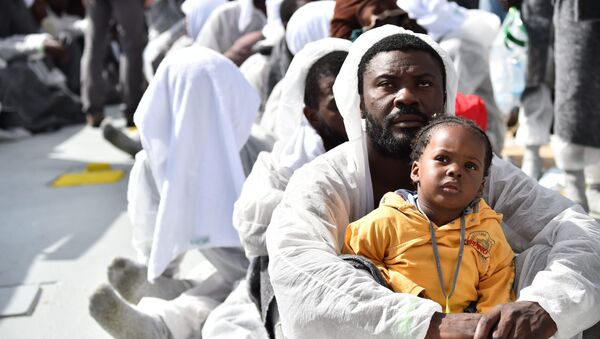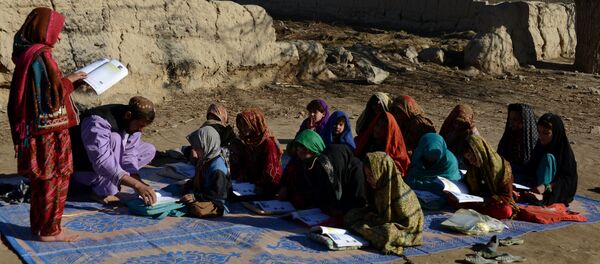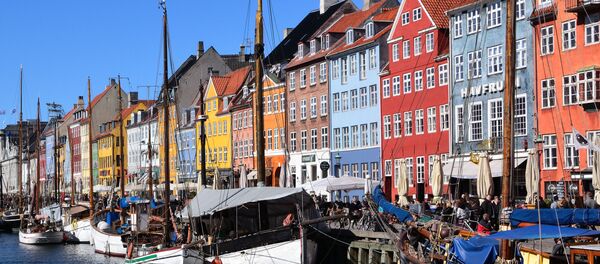"Financial aid is not a quick fix to slow migration," Ninna Nyberg Sørensen of the Danish Institute of National Studies (DIIS) told the Danish newspaper Berlingske. "On the contrary, development may make it possible for people to migrate," she said.
"There is practical evidence that larger aid spurs migration, as improved social, economic and educational opportunities provide more people with ability to migrate," stated a report on the relationship between increased development in a country and the number of residents who choose to seek happiness in the richer part of the world.
Lars Engberg-Pedersen, a senior DIIS researcher specializing in development, agreed that economic developmental funds can actually lead to more migrants packing their bags en route to the Western world.
"Development helps people gain an insight into how they can come to Europe and they gain the resources to afford the trip," said Engberg-Pedersen.
"The desire to migrate to the West may be so strong that nothing can dissuade people from doing it," Jensen told Berlingske.
His Liberal party colleague and Culture and Church Minister Bertel Harder agreed that increased wealth actually may increase the migration, as with it more people can afford to pay a trafficker.
Both, however, advocated a continuation of the present policy of development aid.
The UN recommends that developed countries give 0.7 percent of their gross national income to development assistance. At present, there are only five countries in the world, including Denmark, that live up to this recommendation (Sweden, Norway, Luxembourg and the UK).
In 2016, Denmark allocated 14.77 billion kroner (2.3 billion dollars) for development cooperation.





